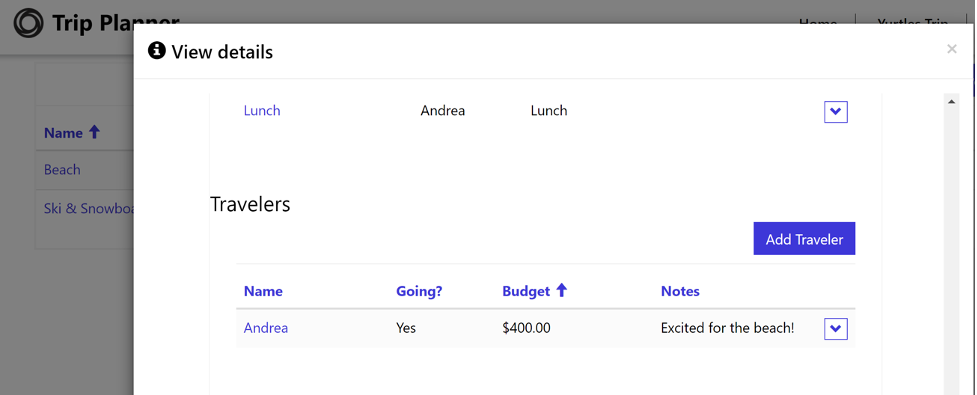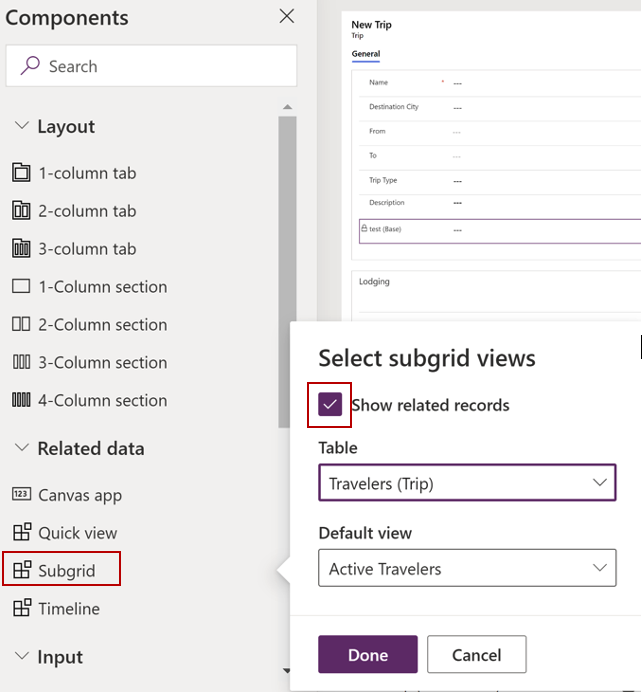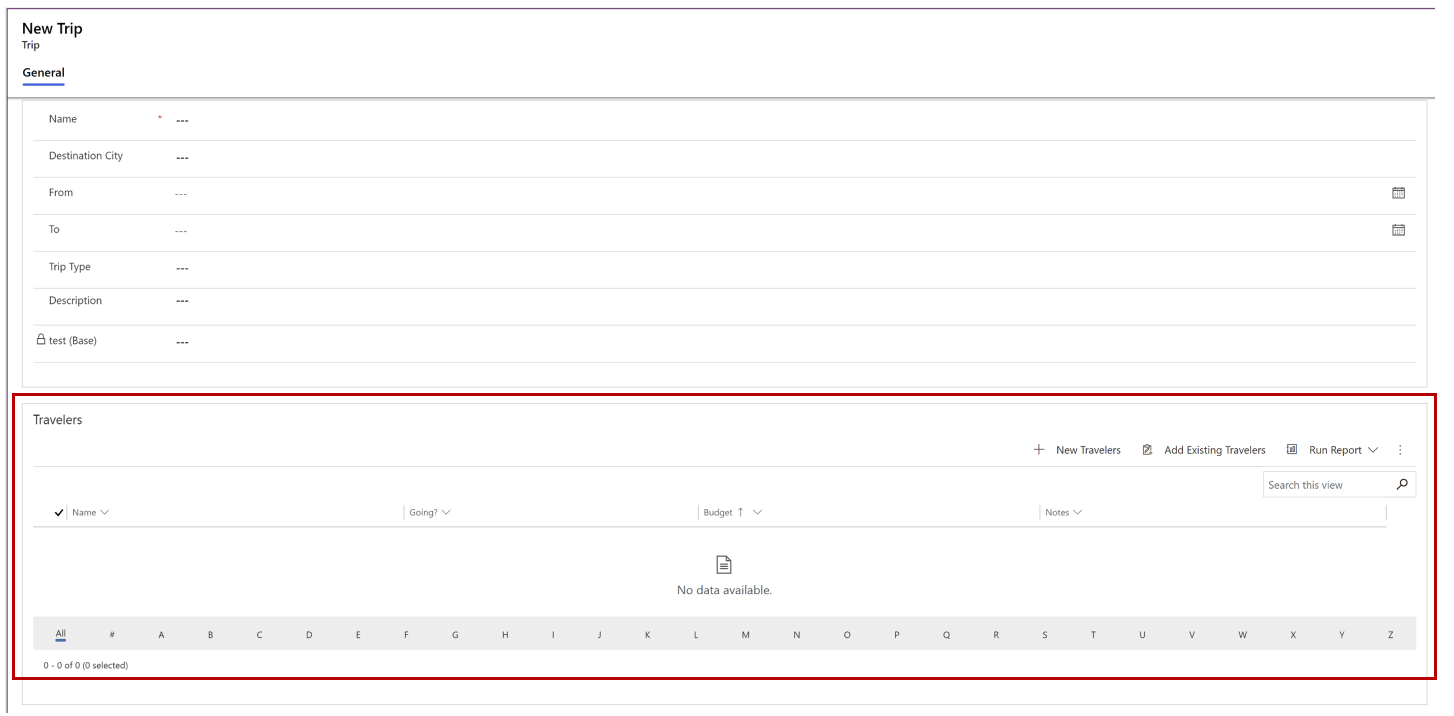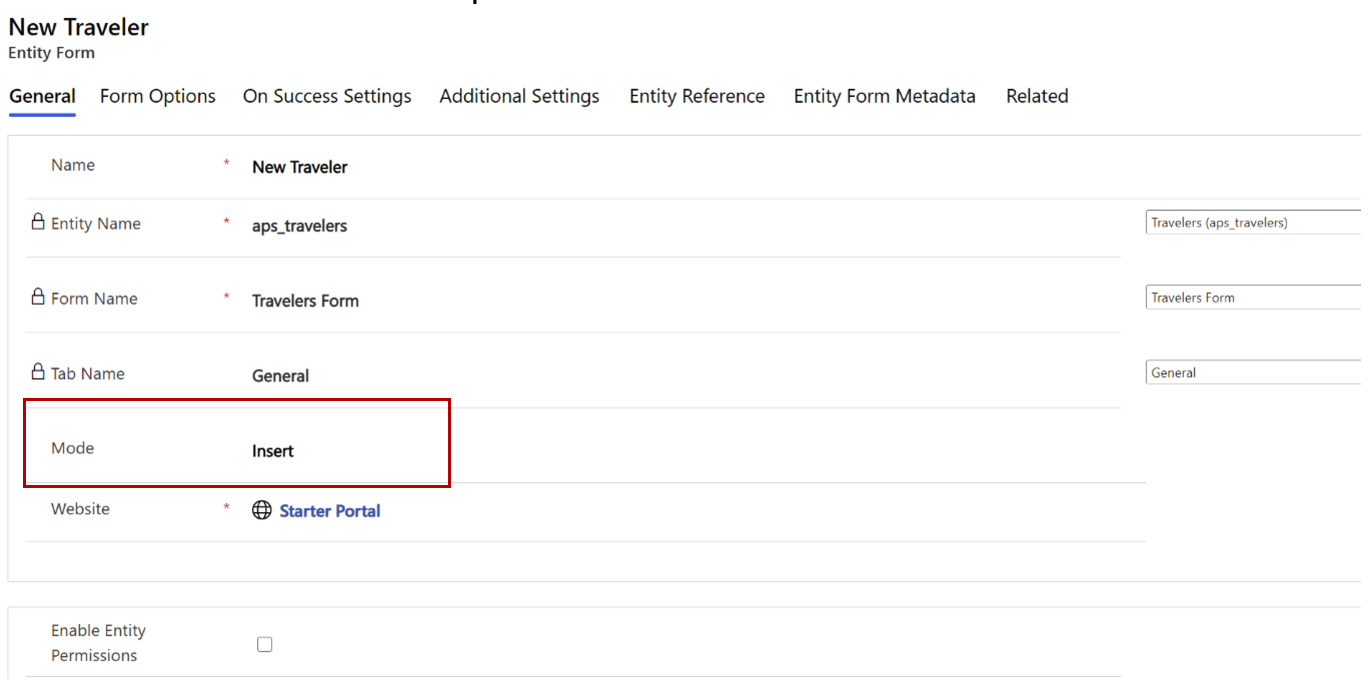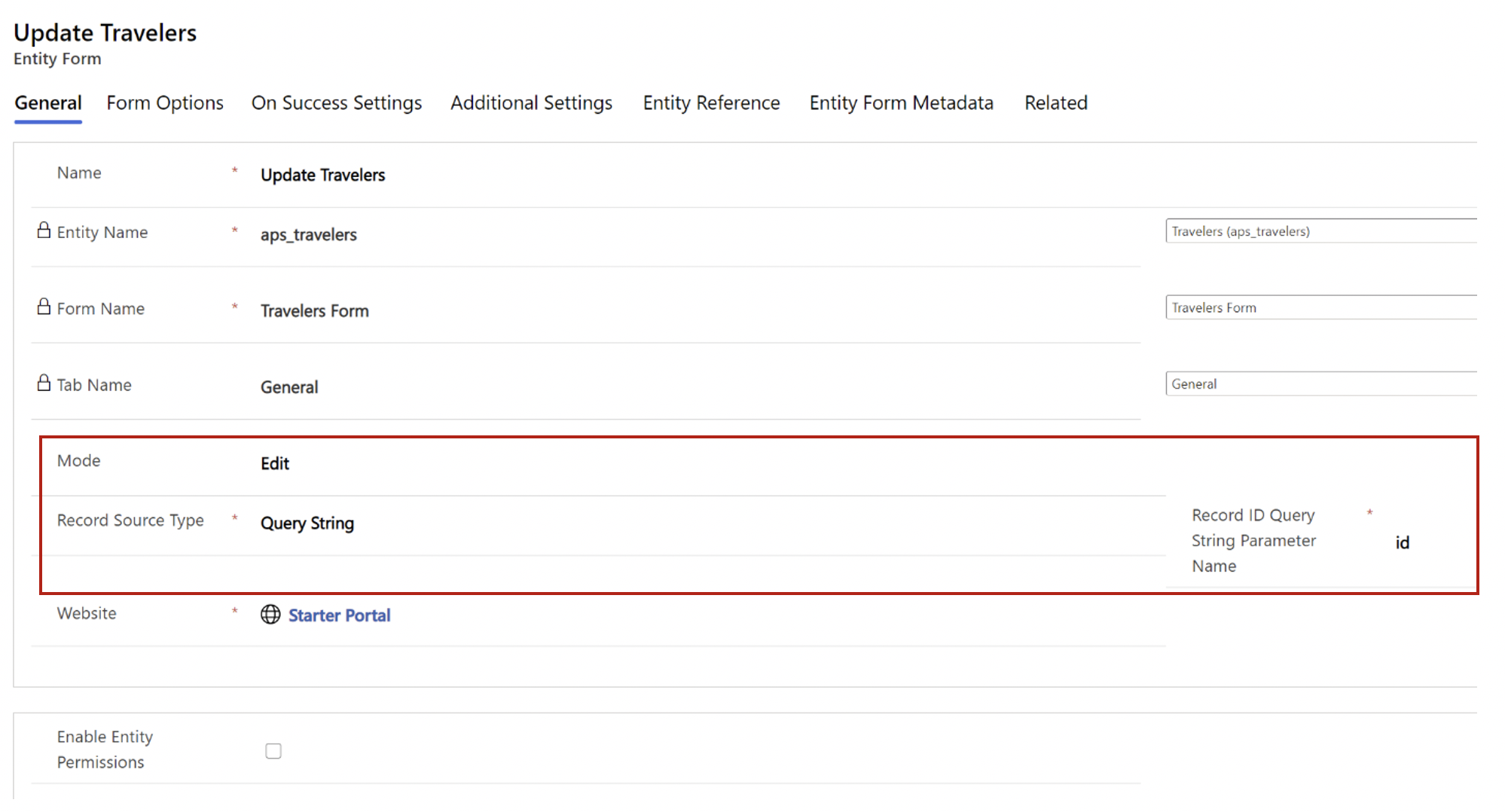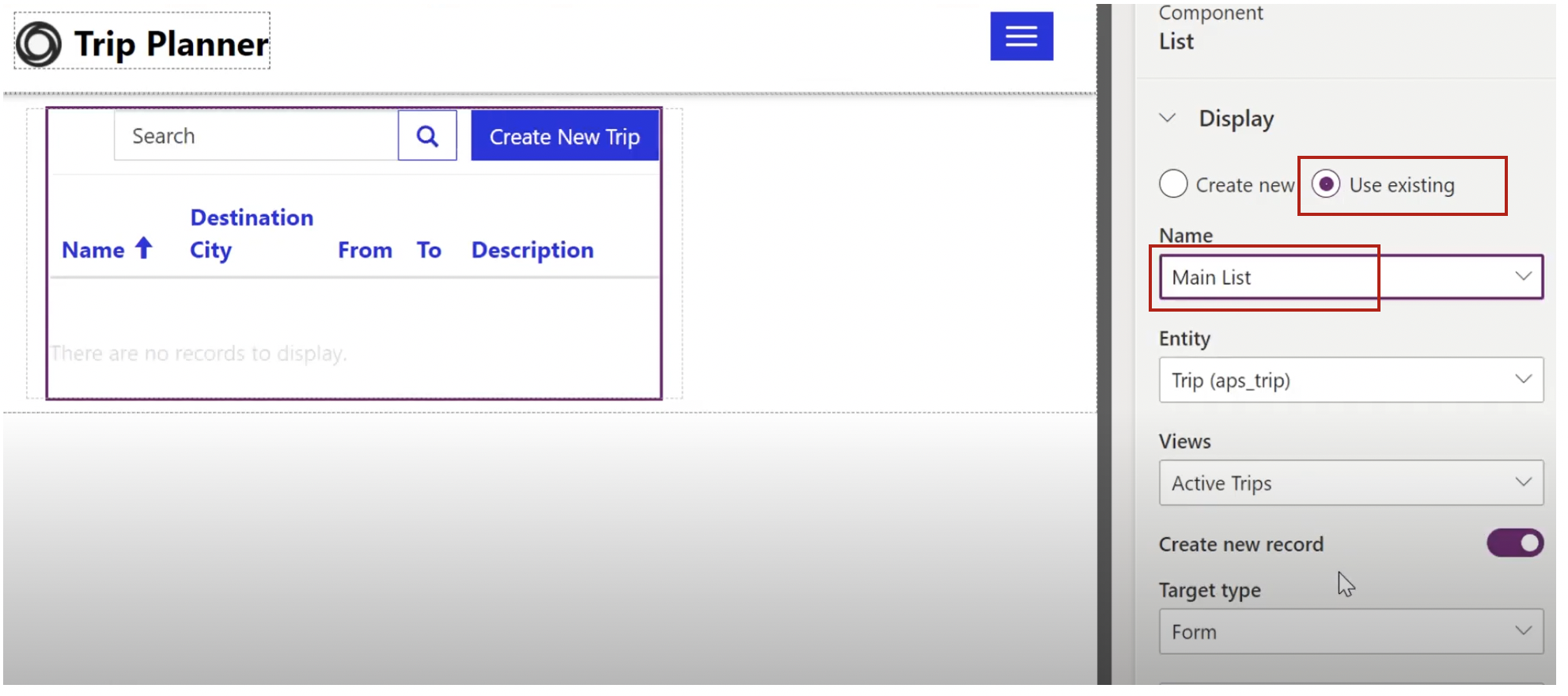This video demo and blog provide a step-by-step walkthrough of adding related subgrids to a Power Apps portal for a Trip Planner Application.
You may consider adding a related subgrid to your portal if you have tables associated with each other. For example, you have a Trip table that is your main table and a Traveler table. You want your traveler table to be directly related to your trip table so that any data you add to your traveler table for a specific trip will be added to that trip and not all.
The steps to achieving this include creating the relationship between tables, modifying the forms and views, adding the related subgrid to the main Trip form, and configuring the Portal Management App and portal designer.
I have created a Trip Planner application where Trip is the main table and Traveler is the related table in this walkthrough. By the end, we will have one Trip to many travelers and ensure the travelers for one Trip don’t get added to a different trip.
This example image is what the Traveler subgrid will look like inside the beach trip.
Steps:
- In your solution, create a Trip table with custom columns
- Create a Lodging Table
- Create a 1:M relationship between Trip and Travelers
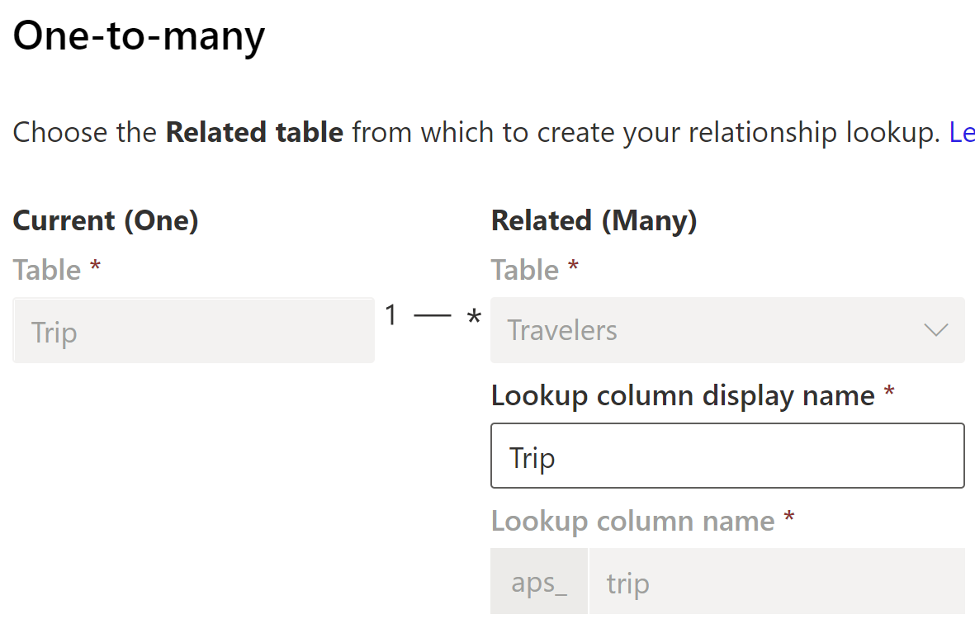
- Customize the view for both Trip and Traveler
- Add a new Main form inside the Trip table
- Navigate to the Portal Management App
- Create a new entity form called “Update Main Form”
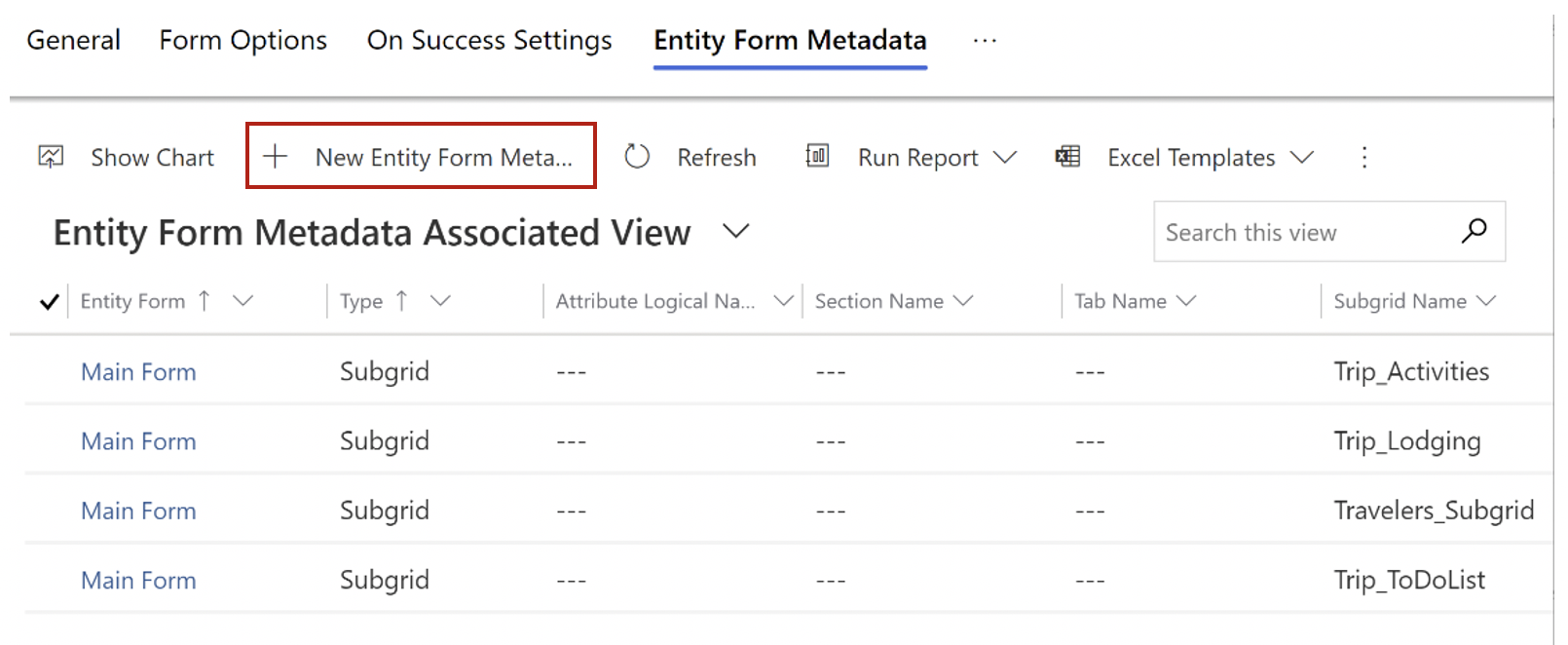
- Navigate to Entity Form Metadata tab, click New Entity Form Metadata
- Select Subgrid from Type
- Select the correct subgrid from the drop-down
- Select the New Traveler form for Create
- Select Update Traveler form for all other actions
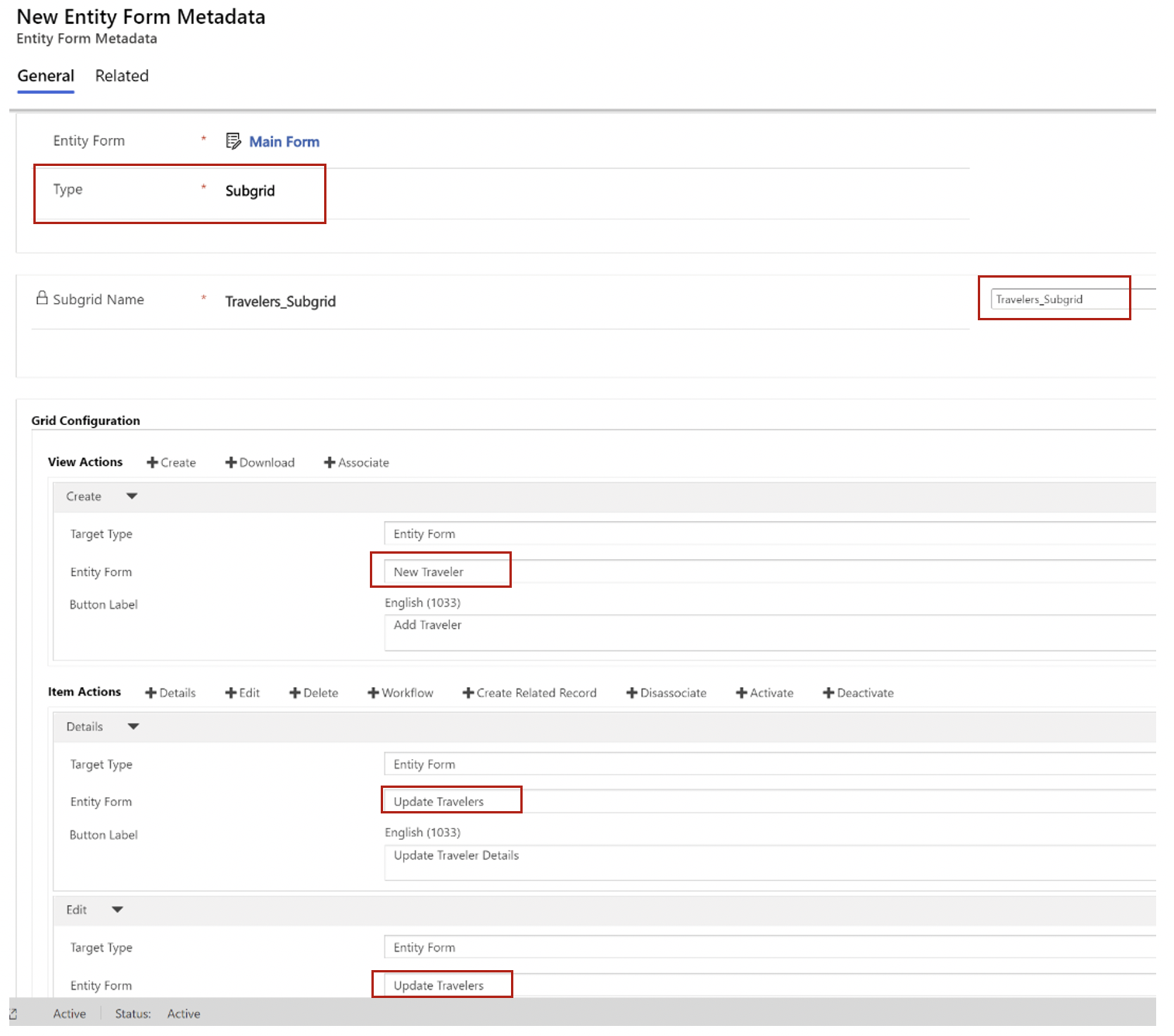
- Create an Entity form called “New Main Form” and follow the same steps for the subgrid configuration but ensure the Mode is Insert in the General tab
- Your Entity Forms should look like this
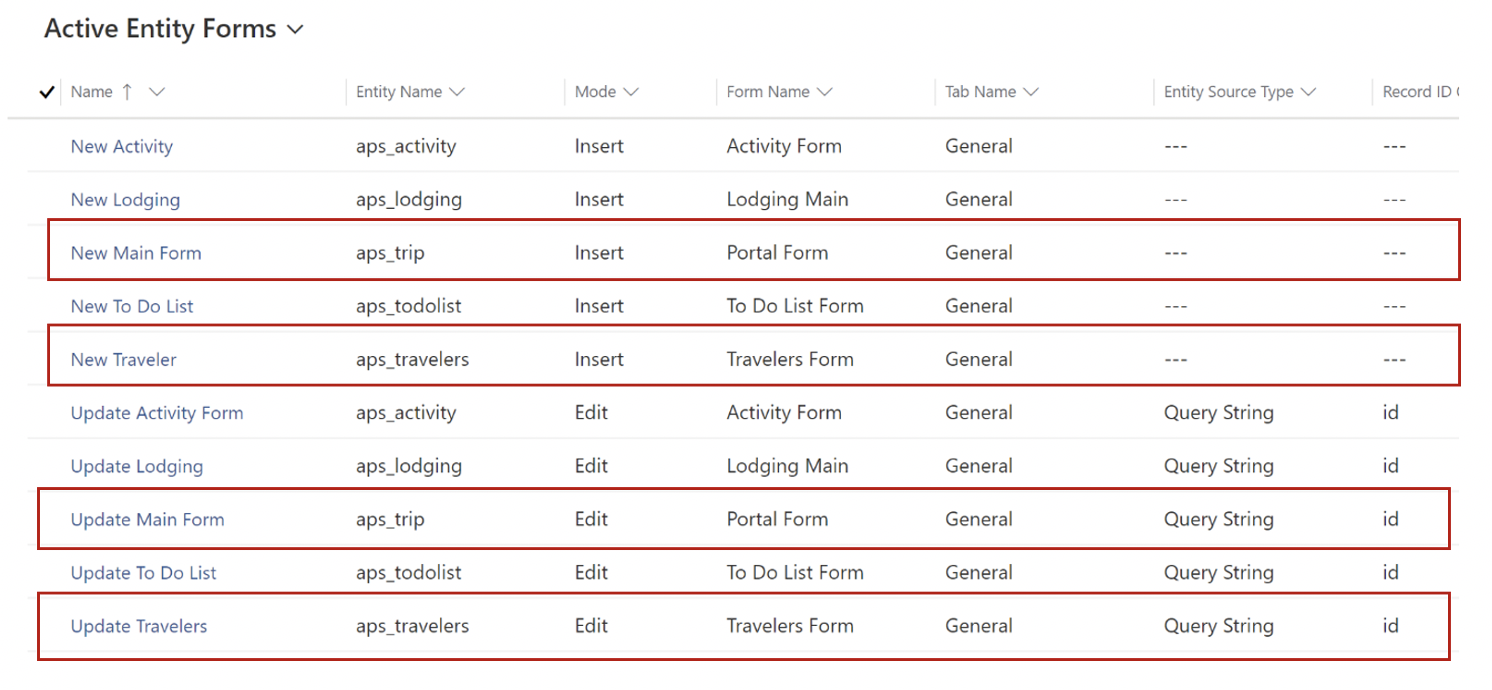
- Navigate to Entity Lists inside the Portal Management App and create a new list called “Main List”
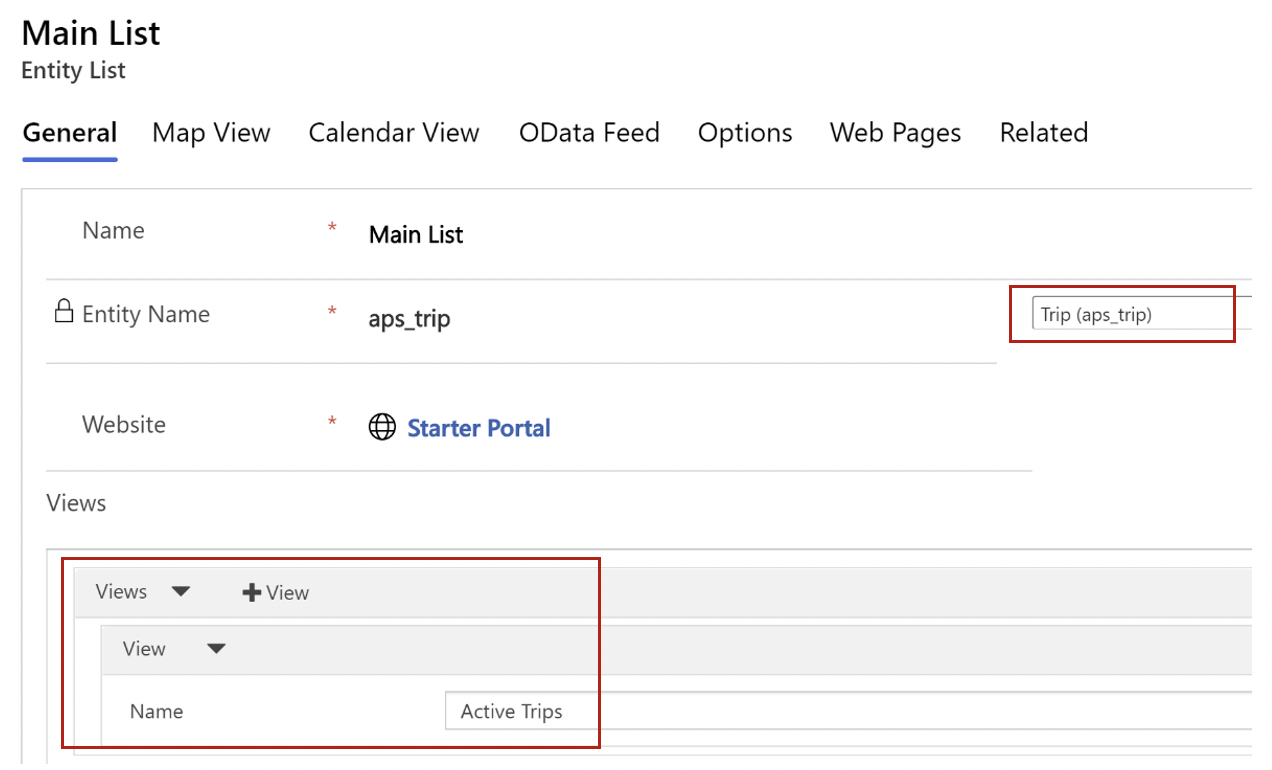
- Under the Options tab, Add Main Form to Grid Configuration
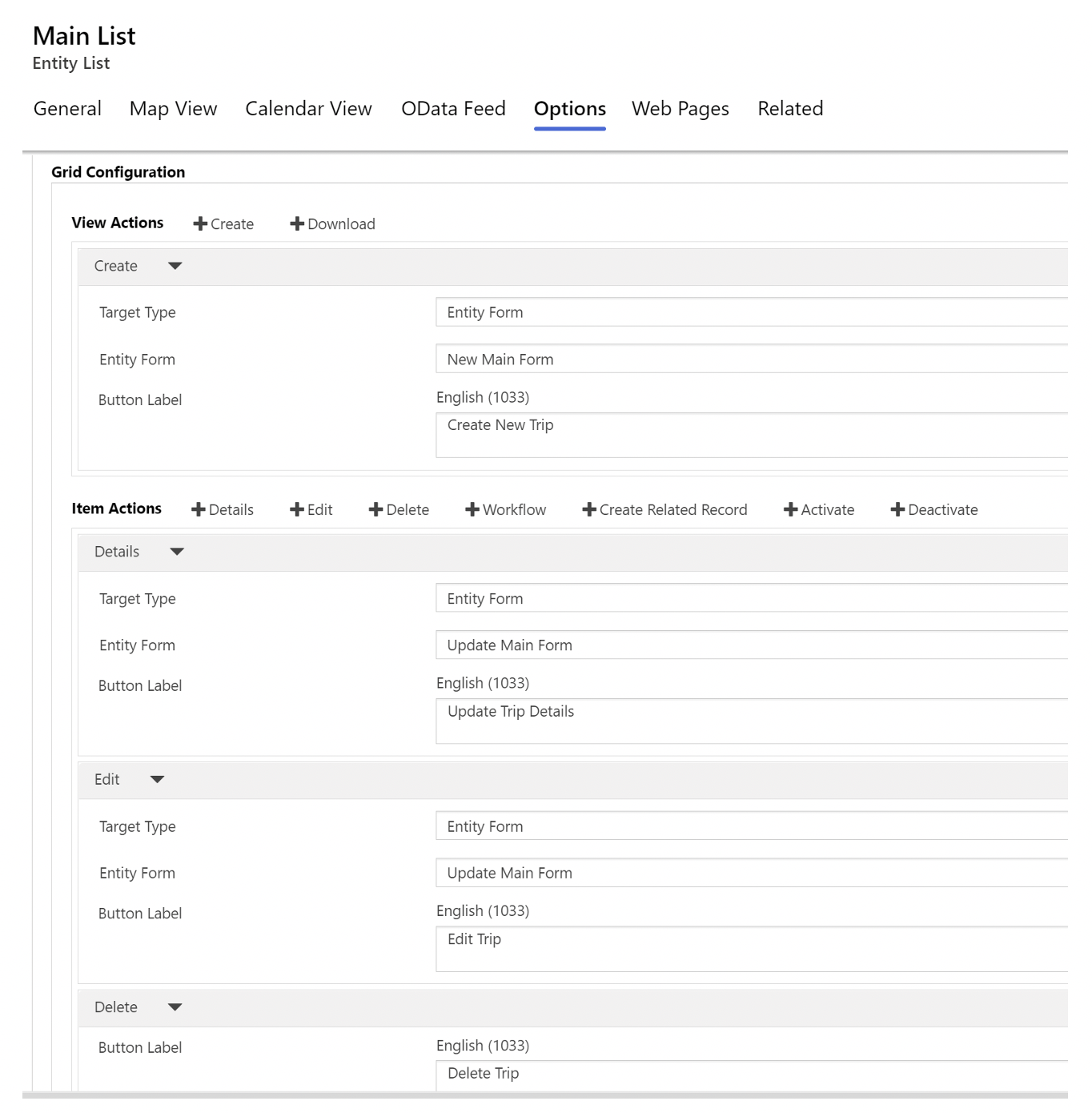
- Navigate to the Portal Designer editor

- Add a List from Components
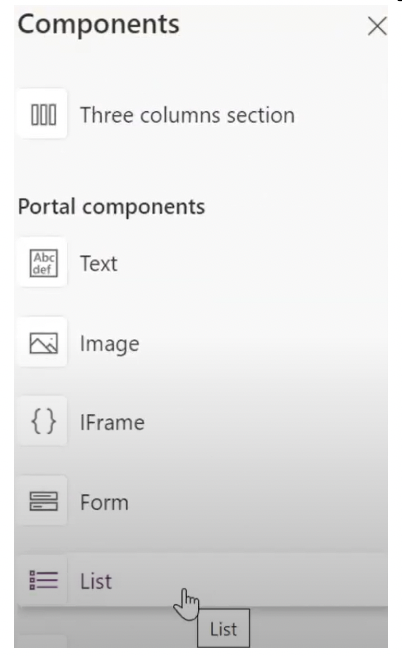
- Select Use Existing, since we already created an Entity List in the Portal Management app
- Click Sync Configuration, then Browse Website
- You’ll see your Trip view and you’ll be able to Create New or Update an existing Trip
- Notice your related Traveler subgrid is added to both forms for editing

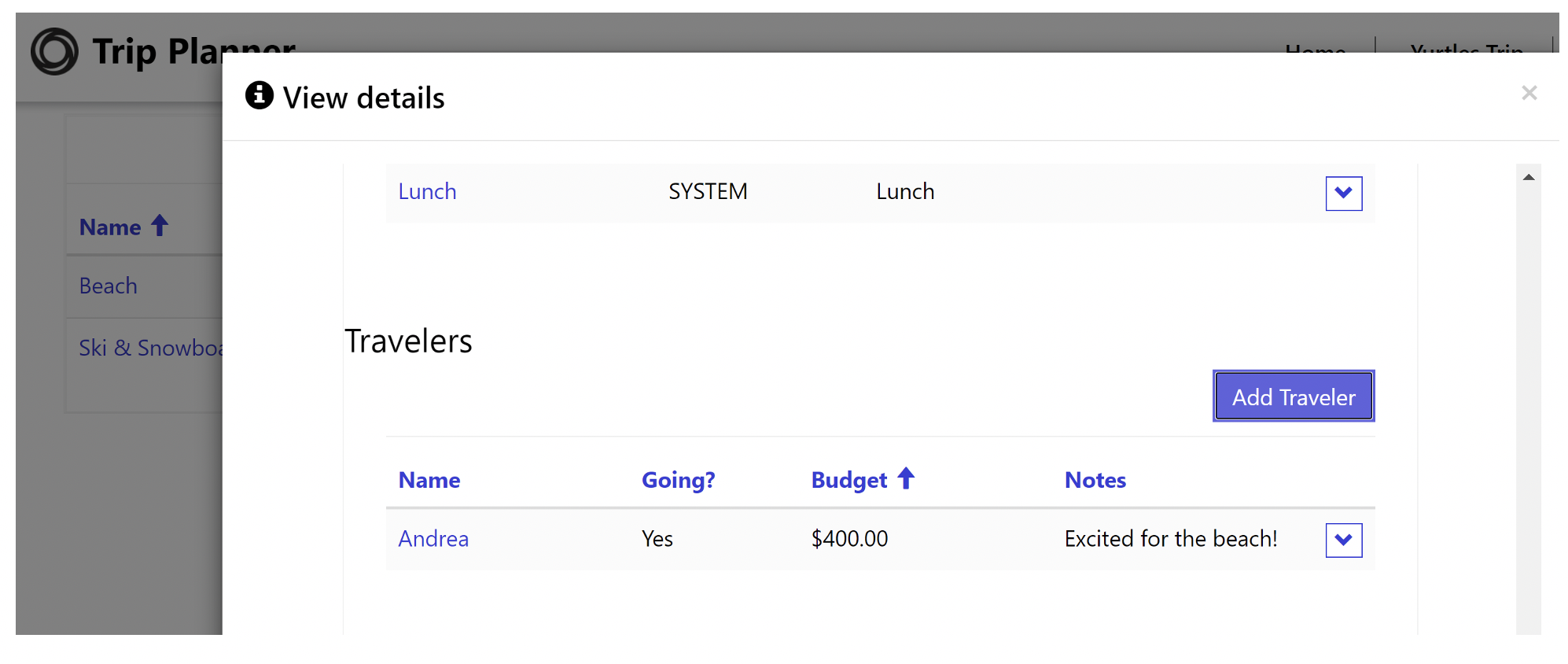
As you can see, adding a related subgrid to your Power Apps Portal can be done out of the box with no code needed! The purpose of this is to be able to link multiple tables to each other and have them displayed in Power Apps Portals. Feel free to follow along using my instructional video for more detailed instructions.




